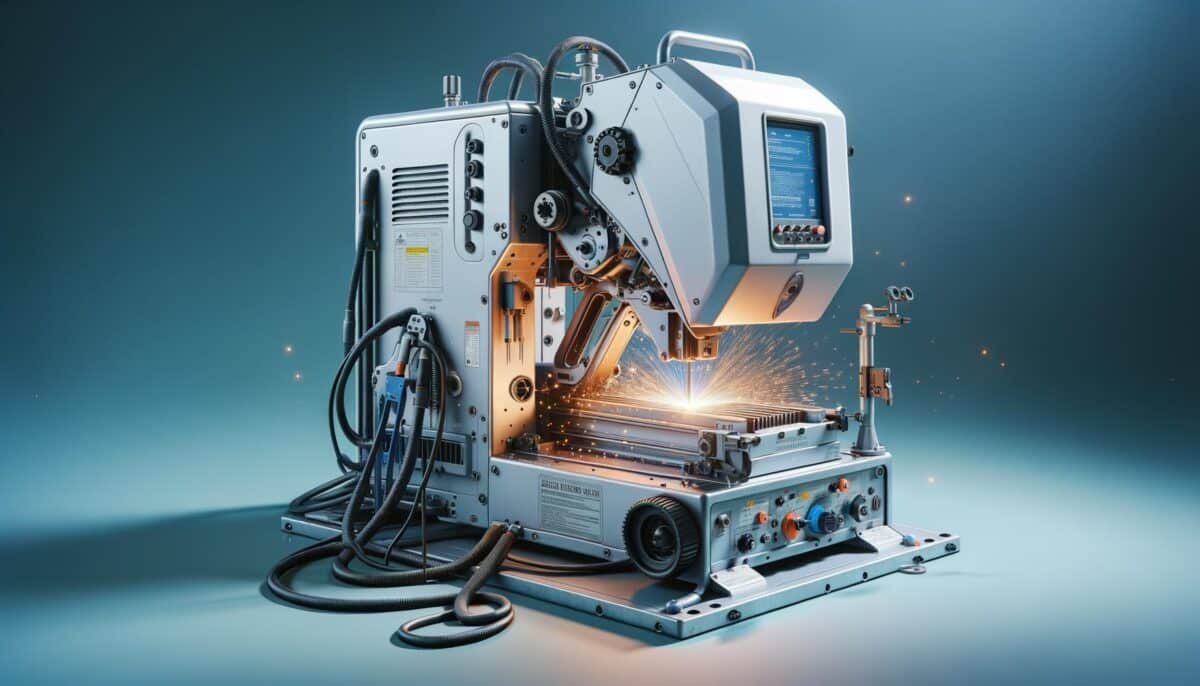Understanding Welding Machines
Welding machines come in various types and functions, making them versatile tools for numerous applications. If you’re new to the world of welding, navigating through the plethora of welding machines available can be daunting. With options ranging from arc welders to the more advanced TIG welders, each machine has its strengths suited to different tasks. Among these, arc welding machines are often regarded as One of the top options for beginners due to their user-friendliness and adaptability in handling various materials. Understanding the mechanics and applications of these machines is pivotal in ensuring that your DIY projects or professional undertakings yield excellent results.
When choosing a welding machine, several factors can influence your decision. These include the type of projects you plan to work on, the materials you’ll be welding, and potentially, the budget you have available. A critical part of this process is identifying whether you need a machine that operates on AC, DC, or both, as it affects the quality and type of weld you can achieve. For beginners and home enthusiasts, it’s often recommended to start with devices that offer straightforward operations while allowing gradual skill development.
Types of Welding Machines
The primary types of welding machines cater to different needs although each has unique features. Let’s delve into some of the preferred choices:
- Stick Welding (SMAW): Known for its simplicity and affordability, suitable for outdoor projects and large metal structures.
- MIG Welding (GMAW): Among the best for beginners and DIY enthusiasts because it’s straightforward to learn and offers clean welding results.
- TIG Welding (GTAW): Ideal for precision welding, highly regarded for its ability to join thin and delicate metals.
- Flux-cored Welding (FCAW): A variation of MIG welding that uses a flux-filled tubular wire for outdoor operations.
The choice significantly depends on your specific needs and potential projects. For someone working with varied materials and requiring portability, MIG or stick welding could be appealing choices, while TIG welding suits those prioritizing finesse and detailed work.
Best Welding Machines for Beginners and DIY Projects
Navigating the market for the Best welding machines for beginners and DIY projects involves consideration of several factors. Machines with adjustable settings are particularly advantageous, allowing the user to learn and refine their technique gradually. Moreover, many beginners prefer portable models for convenience and versatility. Additionally, the availability of Customer Support and Warranty ensures a smoother experience, offering peace of mind as you hone your welding skills.
Some key features to look out for include:
- Lightweight and Portability: Ensures ease of use and storage.
- Simple Controls: Facilitates the learning process and reduces setup errors.
- Durability and Safety Features: Guarantees reliability and protects the operator during use.
- Versatile Applications: Capable of welding different types of metals and thicknesses.
Safety and Precision in Welding
Safety in welding cannot be overstated, as welding machines can pose potential hazards if not used correctly. Equip yourself with the necessary protective gear, such as welding helmets, gloves, and protective clothing, to minimize risks. Moreover, understanding the safety guidelines and operational manuals of your machine is critical to avoiding accidents and ensuring a secure working environment. Consistent maintenance checks and regular inspection of the machine and its components are recommended practices. Even well-regarded machines can have wear over time, so diligence in upkeep is imperative.
Additionally, precision in welding is achieved not only through skills but also via the correct settings of the welding machine. Ensuring that the voltage and current settings align with the materials and type of weld you’re executing, is essential for achieving high-quality results.
Conclusion: Choosing Your Welding Journey
Venturing into the realm of welding opens a myriad of opportunities for budding welders and DIY enthusiasts alike. By understanding the types, applications, safety, and precision involved, selecting the Best welding machines for beginners and DIY projects becomes a more manageable task. Acknowledging what each type of welding machine offers will guide you in making an informed choice, tailored to your projects and expertise level.
Ultimately, the journey through welding is one of constant learning and adaptation. Starting with the right equipment lays a solid foundation for mastering the art of welding. Stay curious, practice consistently, and prioritize safety to advance your skills effectively in this exciting and rewarding field.
